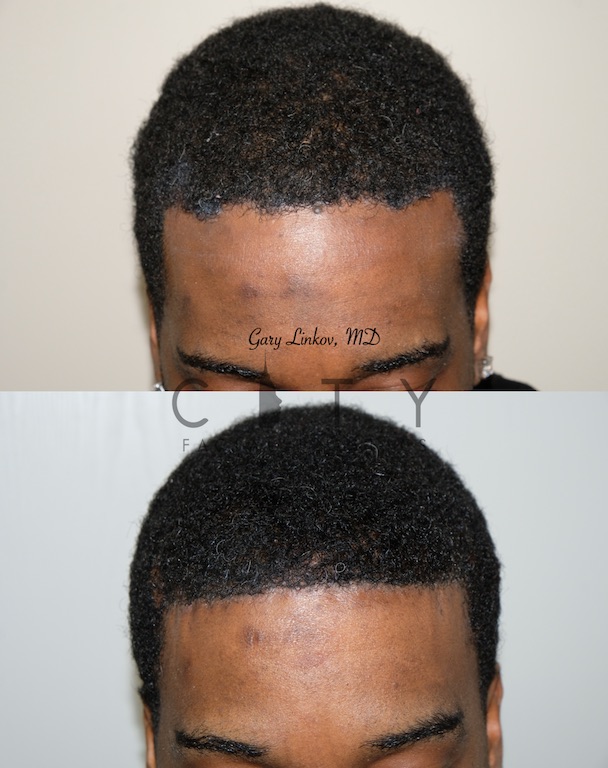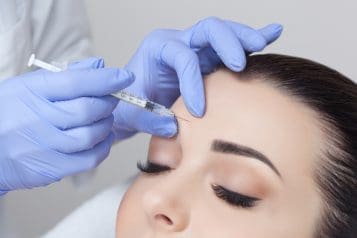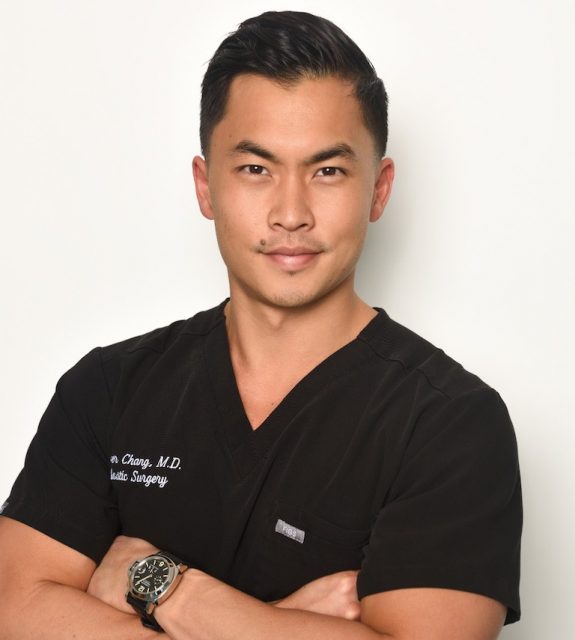 Photo Credit: Photo by Dr. Gary LinkovDr. Gary Linkov is a dual Ivy League-educated facial plastic surgeon. A native of New York, he graduated as salutatorian from Cornell University with a focus on psychology. Before, during, and after his undergraduate years, Dr. Linkov pursued advanced art training in painting, sketching, and sculpture, including a six-week scholarship program in Florence, Italy at the Lorenzo de’ Medici Italian International Institute. Haute Beauty chats with Dr. Linkov about Surgical Hairline Advancement, to learn more about the hairline lowering procedure.
Photo Credit: Photo by Dr. Gary LinkovDr. Gary Linkov is a dual Ivy League-educated facial plastic surgeon. A native of New York, he graduated as salutatorian from Cornell University with a focus on psychology. Before, during, and after his undergraduate years, Dr. Linkov pursued advanced art training in painting, sketching, and sculpture, including a six-week scholarship program in Florence, Italy at the Lorenzo de’ Medici Italian International Institute. Haute Beauty chats with Dr. Linkov about Surgical Hairline Advancement, to learn more about the hairline lowering procedure.
HB: What is Surgical Hairline Advancement?
Surgical hairline advancement, or hairline lowering surgery, is a surgical procedure to lower the hairline to a more natural position in men and women.
 Photo Credit: Photo by Dr. Gary Linkov
Photo Credit: Photo by Dr. Gary Linkov
HB: How does this procedure work?
An incision is made along the front of the hairline and the scalp is advanced forward and secured into place. Then excess forehead skin is removed and the incisions are then sutured closed.
HB: Who is the best candidate for this procedure?
A person with a high hairline that is stable (not receding) and good scalp laxity which allows the scalp to move forward.
HB: How does this treatment compare to others of the same nature?
An alternative to surgical hairline advancement is hair transplantation. The benefits of hairline advancement surgery is a more instant result, possibly lower cost, and a higher density of hair result compared to transplants alone. Sometimes a hair transplant is done as early as four months after hairline lowering in order to cover the scar and round out the sides.
HB: What does recovery look like?
Swelling may be present for the first few days along with some discomfort along the sides of the incision. Sutures are removed by day 7. A portion of the scalp remains insensate for 6 to 9 months postoperatively.





















